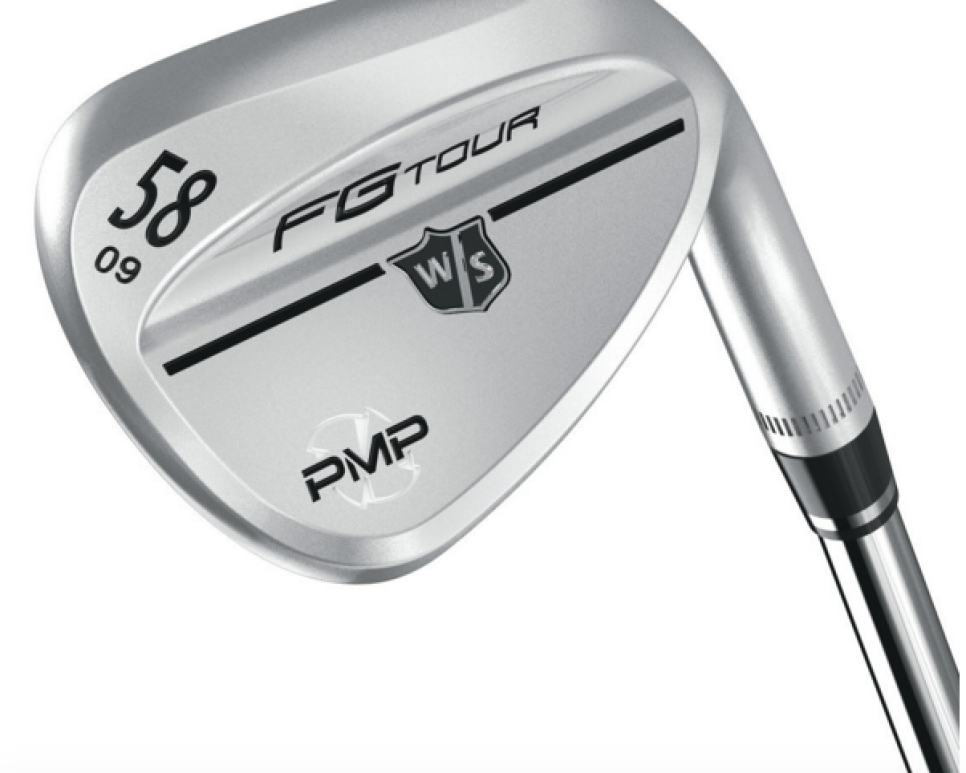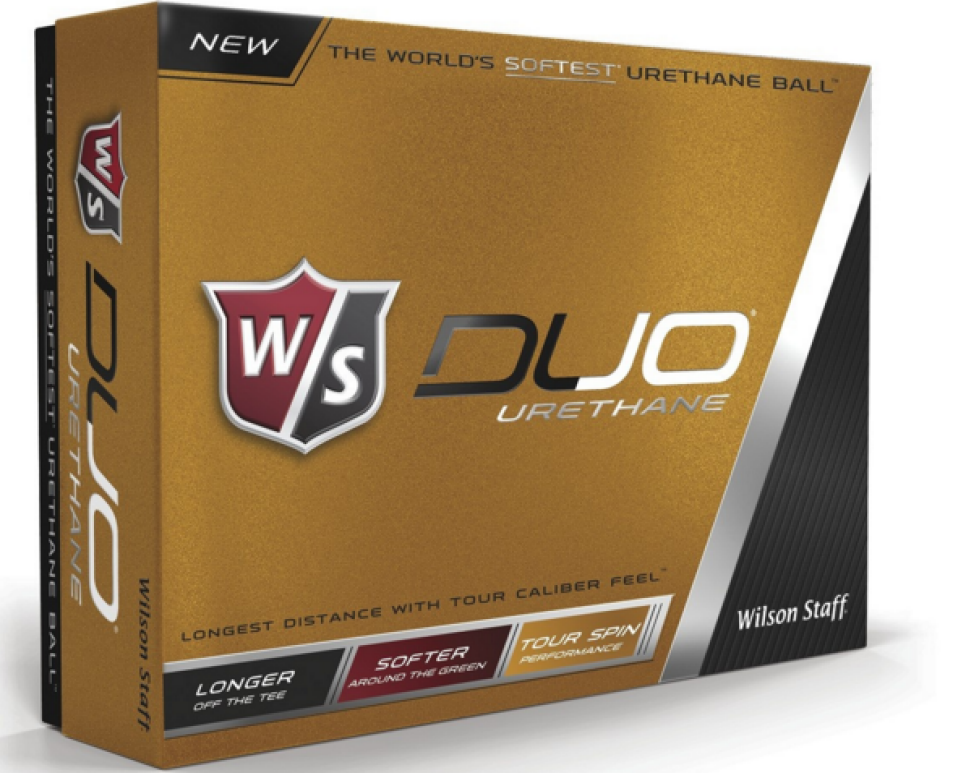The Loop
Wilson Staff's 2016 products mix tradition with innovation

Trailblazing is inherent to the Wilson Staff brand. Staff endorser Gene Sarazen invented the sand wedge with his R-90 model; the company, thanks to pro Willie Ogg, created the Ogg-Mented iron, one of the first forgiving irons on the market that added weight towards the sweet spot by moving it from the heel.
This history of innovation continues in Wilson Staff's products for 2016.
The C200 irons certainly look revolutionary, with the club head pierced with multiple openings. However, these slots -- or "power holes," as Wilson Staff calls them -- aren't merely for aesthetics.
To give golfers more distance, Wilson -- the company that produced the Reflex irons in the 1970s -- has implemented a technology referred to as FLX Face. The concept is to minimize the impact point between the face and head, allowing for maximum bend at impact. The face is attached to just under 25 percent of the club's perimeter, meaning three-quarters of the topline, toe and sole -- aka the power holes -- are disconnected from the head, facilitating extreme flex.

This freed space allows for weight to be distributed to the heel, toe, low and back of the club, helping with forgiveness, as well as configure ideal launch conditions.
But the USGA says that open holes through the head and/or face are in violation of a club's accepted parameters and shape. In order for the irons to conform, Wilson has filled the gaps with urethane.
Conversely, the urethane is more than a law-abiding addition: The filler provides sound and feel benefits thanks to dampening properties in the compound. And though the slots are occupied, golfers can still see the FLX Face and power hole technology at play.
Although the irons have a noticeable offset, Wilson did not continue with its tendency toward stronger iron lofts, as the pitching wedge is a more traditional 44 degrees. A standard set is comprised of 4-9, PW and GW in right and left; a 3-iron is available for right-handers only. The C200 is priced at $799.

The FG Tour PMP wedges boast a classic look, yet are constructed with the latest science.
Targeting more spin on full shots, the grooves on this design are relatively shallow, but wide at the top and bottom. To maintain the feel and spin users have come to expect from a Wilson Staff wedge, there are 11 micro lines between the grooves, forging the necessary surface roughness.
“On full swings the micro lines don’t do all that much,” said Michael Vrska, Wilson’s director of product innovation. “But they help produce more spin on shots inside 50 yards and that’s where you can really use it.”
Aside from a traditional sole, the FG Tour PMP is offered in a tour grind option, as well as wide sole. The club also comes in a gun-blue finish. KBS Hi-Rev 2.0 shafts were chosen for the wedges to increase launch. The PMP wedges can also be customized to provide 97 unique sole, loft and bounce configurations. Personalized stampings and paint fill is available through Wilson Golf’s custom department. The wedges range from $99.99 to $119.99.

Finally, Wilson Staff continues on its path of producing soft feeling spheres with the softest (25 compression) product among urethane-covered golf balls in its Duo Urethane.
“Players can tell the difference between as little as 10 compression points,” says Frank Simonutti, Wilson’s manager of golf ball R&D. “We haven’t quite reached the point where the consumer is telling us it is too soft so we’re continuing down this path.”
In addition to being soft, the cast polyurethane cover makes the ball durable and resilient, while providing spin on approach shots and around the greens. The balls are priced at $38 a dozen.